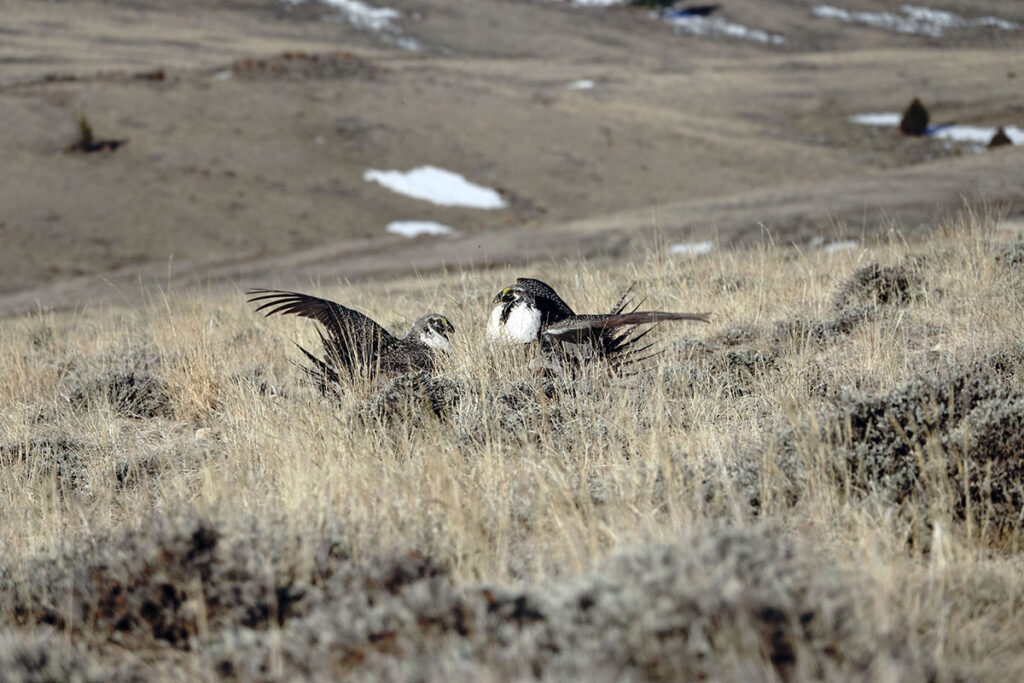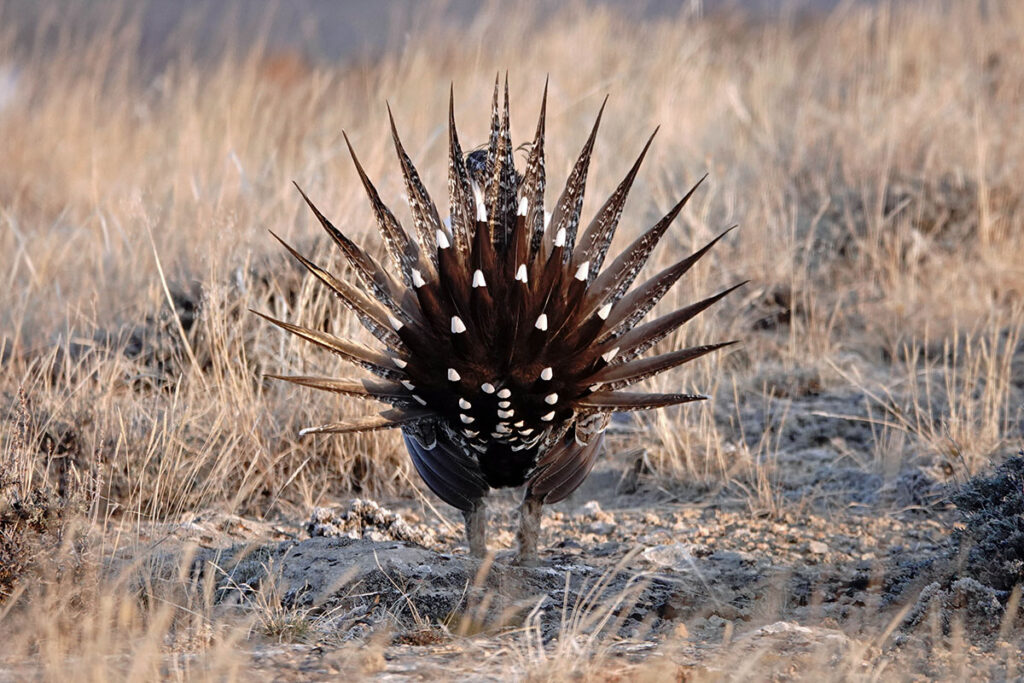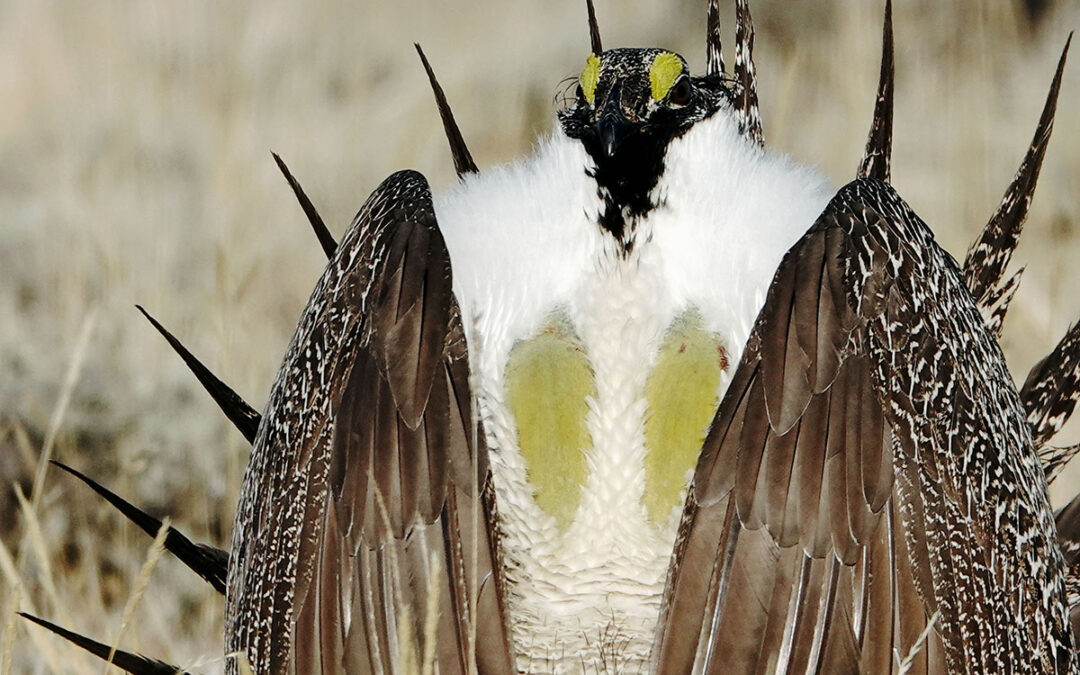Photo by Richard Prodgers
The Alliance for the Wild Rockies and Yellowstone to Uintas Connection filed a federal lawsuit this month to stop a proposed pipeline corridor that would cut through six roadless areas in a National Forest in Idaho. The area is habitat for imperiled species like the greater sage grouse, grizzly bears, lynx, and wolverine, and the pipeline would result in a permanent 20-mile road across otherwise roadless public lands. The new permanent pipeline corridor could be used for additional pipelines in the future, and will undoubtedly increase illegal ATV use in the region.
The Forest Service authorized a special use permit in March to clear-cut a 50-foot wide, 18.2-mile-long corridor through six National Forest Inventoried Roadless Areas for construction of a private company’s pipeline from Montpelier, Idaho to Afton, Wyoming. The decision allows a 50-foot right-of-way that will be clearcut during construction, and a permanent 20-foot right-of-way to maintain the pipeline. In addition to the pipeline itself and the utility corridor, there will also be above-ground facilities such as valves and staging areas. But since the project violates a number of federal laws, the Alliance and Yellowstone to Uintas Connection have filed a lawsuit against the Forest Service to stop construction of the pipeline.

Photo by Richard Prodgers
This pipeline would create a road through designated roadless areas, further fragments security habitat for deer and elk, and further degrades already impacted habitat for the threatened Canada lynx.
This is the second time the Alliance for the Wild Rockies and Yellowstone to Uintas have sued to stop this pipeline. We filed our first lawsuit in April of 2020 and two years later the Forest Service tucked its tail and ran, pulling their decision without even waiting for a final court order. But now they’re trying again, and the simple truth is that the pipeline corridor will actually be a permanent road through National Forest lands despite the fact that these public lands have been classified and protected as federal Inventoried Roadless Areas.
That means motorized vehicles will be allowed to permanently use this corridor to maintain and inspect the pipeline. Which will cause permanent vegetation removal, increased sight-lines for poaching, increased noxious weed introductions, and abundant new opportunities for illegal motor vehicle use in these currently roadless areas.
The basis for our lawsuit is that the Forest Service failed to disclose and demonstrate compliance with its own Forest Plan requirements for sage grouse. The agency also failed to analyze the cumulative effects on sage grouse as required.

Photo by Richard Prodgers
In this case, the Forest Service also failed to demonstrate that the new pipeline corridor is in the public interest; is compatible and consistent with other Forest resources; that there is no reasonable alternative or accommodation on National Forest lands; that it is impractical to use existing right-of-ways; and that the rationale for approving the new pipeline corridor is not solely to lower costs for the energy company. This violates the Forest Plan, the National Environmental Policy Act, the Forest Service Manual, the National Forest Management Act, the Mineral Leasing Act, and the Administrative Procedures Act. National Forests were designated for the benefit of all Americans, not to maximize the profits of the oil and gas industry. Instead of needlessly destroying this rare habitat for endangered species on publicly-owned lands, the private company should use existing right-of-ways or private lands.
We will never stop fighting to protect our wild public lands but we need your help. Please donate today so we can keep fighting.
Mike Garrity is the Executive Director of the Alliance for the Wild Rockies.
